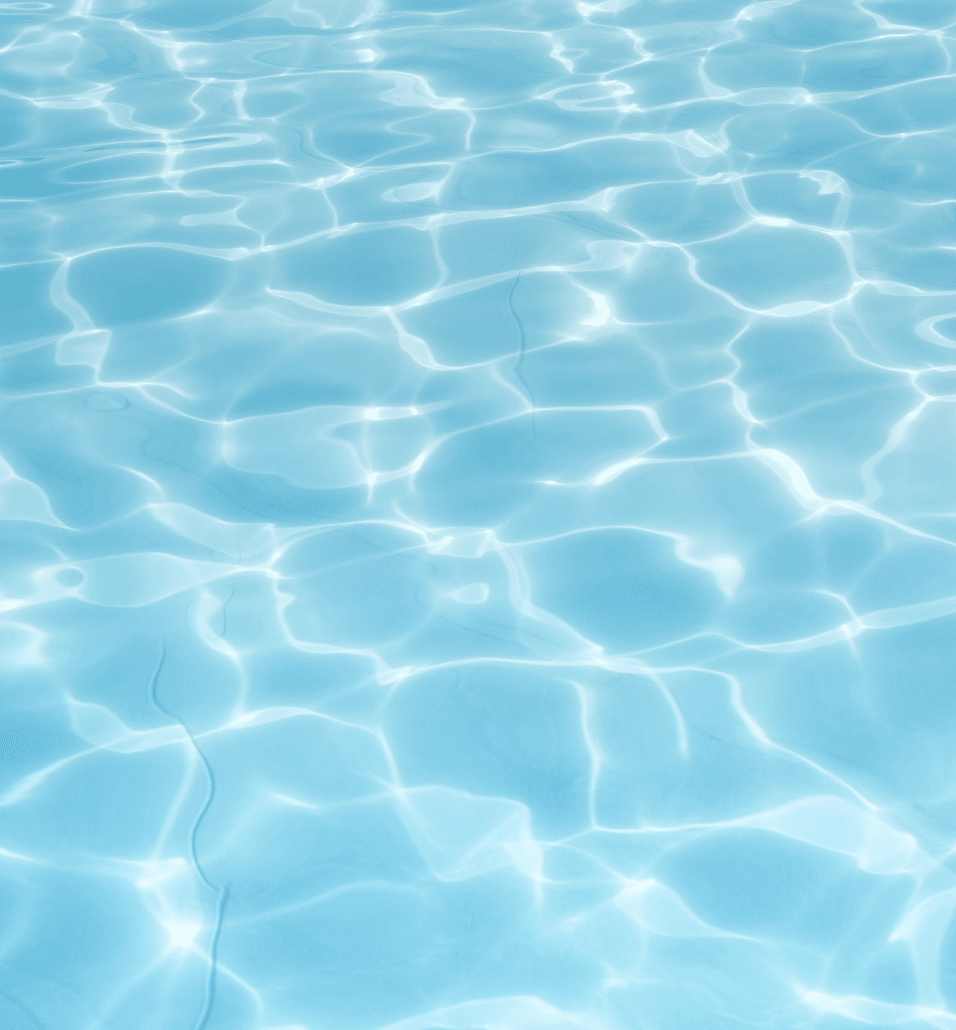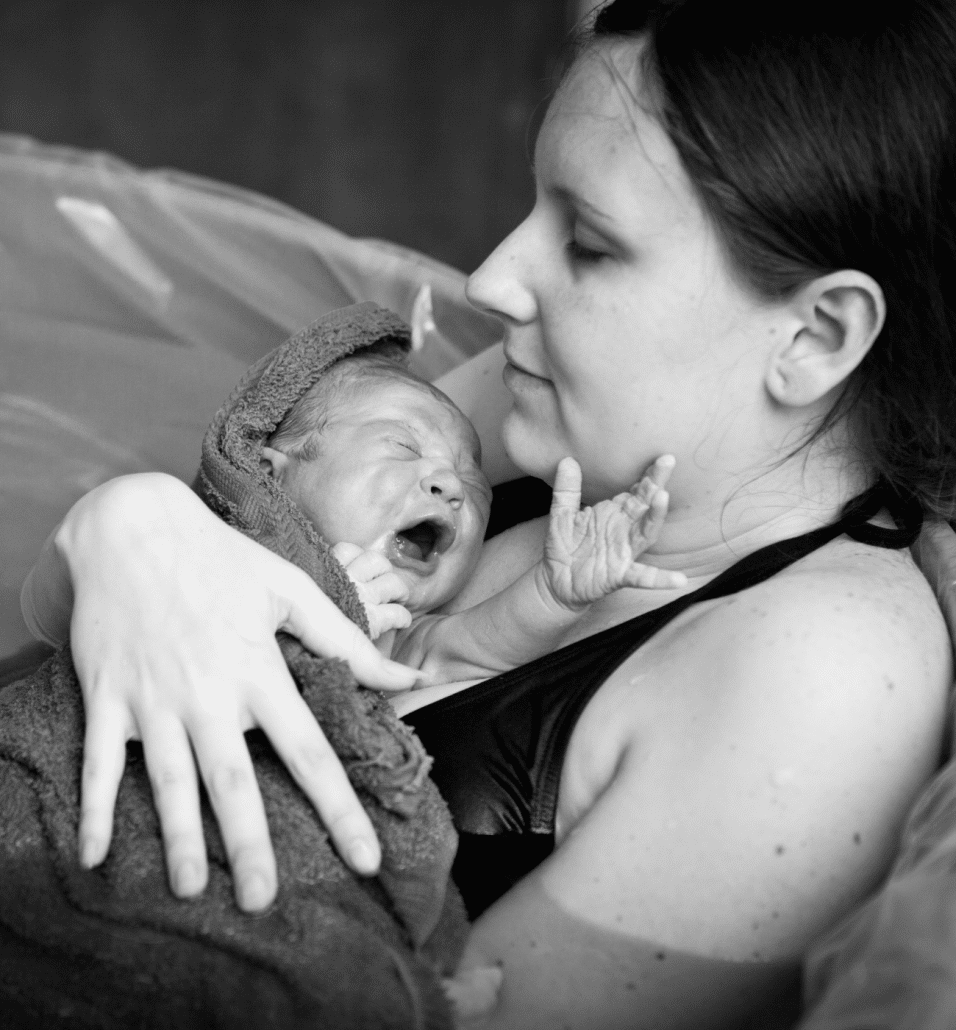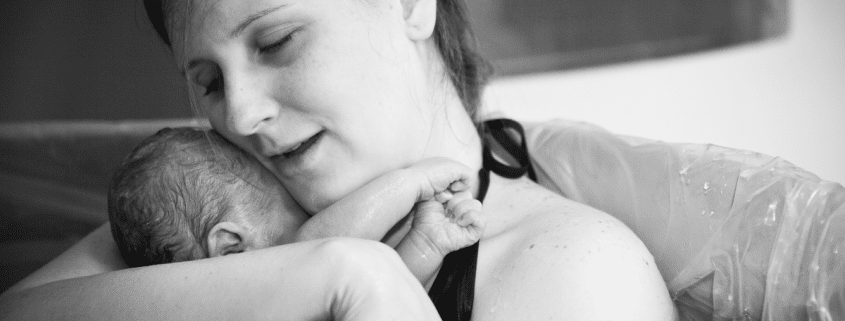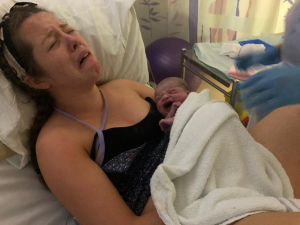What’s in the water? Your top 3 questions about the
Welcome to the article. This wonderful article, “What’s in the water? Your top 3 questions about the water birth answered! Part I”, written by Magdalena, our antenatal expert in Leeds, is part of a two-part series, all about waterbirths.
Before we dive into the deep waters of birth preparation (sorry I couldn’t help it), I would like you to imagine your perfect bath… Just the way you like, Imagine a beautiful bathroom space…Maybe it’s in your home…Maybe it’s in a boutique hotel on your spa weekend away…the ambience is just right, the water is exactly how you like it, the bubbles form white peaks with a delicate scent of your favourite luxury soap, the candles around the bath give a soft glow….you slowly get in and release all your worries, melt and soak away the everyday stresses….and nobody wants anything…This time is just for you…however long you need it…How does it feel now? Is this something you’d love?

Now imagine, you could birth your baby in a similar environment (minus the bubbles of course), with lovely water enveloping
you and providing comfort just when you need it most. Relaxing atmosphere, soothing warm water, and the wonderful relief of a hot bath…. Sounds lovely, right? That’s because it absolutely is. Not quite the same as harsh bright lights, strangers in the room and beeping equipment tethering you to the bed…. You might be thinking: yeah, sounds lovely, I do want a water birth, but what if I’m high risk, what if there are complications, what if…? All the big what-ifs looming over the experience you want and deserve. So, let’s look at the most common worries and questions about waterbirth …
1) Is waterbirth safe?
Waterbirth is offered within the NHS and its safety has been proven repeatedly in research taking place over the last 20 years. From Bailey et al study (2019) to Vanderlaan et al. (2017) case studies, the consensus seems to be that the water birth effects include:
- higher chance of uncomplicated birth (vaginal or physiological birth), that is less likely to need an epidural
- less tearing (higher chances for intact perineum)
- less chance of haemorrhage
- better outcomes for you and your baby (e.g. smaller chance of baby NICU admission) versus if you had standard or medicalised birth.
2) Can I birth in water if I’m high-risk?

It’s a complex question however most high-risk factors (High BMI, age, previous PPH or instrumental birth) can be mitigated by fostering a more physiological approach. Yes, you guessed it, planning for water birth can help you with achieving physiological birth and avoiding medical interventions that can lead to instrumental birth or caesarean birth. How so?
In a nutshell (and it’s a really, really, small nutshell trying to cover the vastness of birth physiology) … to birth without complications, naturally/vaginally, you need to make lots of magic ingredient of birth aka natural oxytocin.
Natural oxytocin is a hormone produced by your brain when you feel safe. Notice I wrote feel safe and not thinking you’re safe-for they are two very different things. So what happens when you instinctively feel safe on an emotional level?
Oxytocin gets released to your bloodstream in abundance, causing your cervix to open and your uterus to contract and to birth your baby. Oxytocin is a very shy hormone –it is produced in large amounts when we are unobserved, private, safe, in a dark space, when we have sex, or when we are emotionally close to someone and or touching, hugging and so on… So, it’s a hormone of love.
Now, it’s rather difficult for this hormone of love to thrive and make labour happen smoothly when you’re in a clinical environment, and when a stranger enters the room and asks your permission (as they should) to examine you vaginally, under bright lights in an environment like a hospital that we typically associate with stress or emergencies.
Such an environment and feeling of unease effectively stop your flow of oxytocin and that’s when labour starts to be medically managed. Please note here that pharmaceutical oxytocin is not the same as the natural oxytocin produced by you. The oxytocin you produce naturally crosses the blood-brain barrier and helps your body to produce beta-endorphins-another hormone responsible for ecstatic feelings.
The impact of these hormones is exactly what is needed for the surges (or contractions) to feel at least manageable or maybe even joyful (yes, that is possible and has happened before many times). Once again, for the oxytocin and other hormones to do the amazing work they are supposed to do you need to feel unobserved, safe, private, and be in a dark space. When you are making those hormones in large quantities, your birth is easier, shorter, and gentler on you and your baby. The overall effect is even more so important when your pregnancy file mentions “high risk” (notice nobody is “rated” zero risk, and the risk label doesn’t mean that you can’t have a beautiful physiological birth).
Water environment and having access to a birth pool is for many women and birthing families something that promotes the good flow of oxytocin as the water offers very good pain relief, and privacy and promotes overall comfort. This gets us nicely to another point which is:
3) What are the benefits of water birth?

How long have you got? There are tons of benefits, but none are greater than better outcomes for you and your baby, especially if you’re thinking about birthing your baby at home (Buckley, 2009) and overall better birth experience compared with birthing on dry land.
Apart from that, warm water takes the edge off the surges beautifully-and who wouldn’t want to take advantage of this pain amazing relief without side effects for you and your baby? When you’re submerged in water, it’s almost as if there’s a curtain around you. You don’t need to have VEs (vaginal examinations) if you don’t want to, and you get a bonus: a good oxytocin flow.
Your baby is likely to be in a better position which means a better birth experience for you (Shaw-Battista, 2017). Your perineum is also more likely to stretch gently and not tear (Nutter et al, 2014) and you are much less likely to need interventions. If you find you’d prefer to birth on “dry land” you always have the option of abandoning your pool and getting into a comfortable position on a birth ball, sling, birthing stool or a bed.
Wrapping Up
Coming back to that perfect, relaxing bath…Now imagine that you’re in early or even mid-labour and you’re having period-like cramps that are getting intense…Your birth pool is in your cosy living room, or perhaps in a welcoming room in a birth centre, and it is all dimply lit, warm, inviting private space…The water takes the edge of your contractions really well…It’s such a soothing experience, you feel instantly calm and comfortable, and your baby senses the peace and comfort you’re experiencing…You breathe with the rhythm of your surges (contractions) and you navigate your early labour with ease… later on when you feel the urge to push your baby… you meet them with gentleness, calm, and love and you and your birth partner start your parenthood journey just as you imagined it, just as beautifully as in this visualisation.
This is what I wholeheartedly wish for you all. For more information on all things birth preparation please follow me on Instagram @power.in.birth or go to my website powerinbirth.co.uk to read my waterbirth story.
Look out for part II of this blog where I explain the practicalities of water birth and the steps to make it happen!
©Copyright by Magdalena M. Finn Power in Birth® May 2023
References:
Bailey, Joanne M., et al. “A Retrospective Comparison of Waterbirth Outcomes in Two United States Hospital Settings.” Birth, vol. 47, no. 1, Dec. 2019, pp. 98–104, https://doi.org/10.1111/birt.12473.
Buckley, Sarah J. Gentle Birth, Gentle Mothering: A Doctor’s Guide to Natural Childbirth and Gentle Early Parenting Choices. 1st ed., Celestial Arts, 2009, pp. 204–2015.
Cluett, Elizabeth R., et al. “Immersion in Water during Labour and Birth.” Cochrane Database of Systematic Reviews, vol. 1, no. 5, May 2018, https://doi.org/10.1002/14651858.cd000111.pub4.
Nutter, Elizabeth, et al. “Waterbirth: An Integrative Analysis of Peer-Reviewed Literature.” Journal of Midwifery & Women’s Health, vol. 59, no. 3, May 2014, pp. 286–319, https://doi.org/10.1111/jmwh.12194.
Shaw-Battista, Jenna. “Systematic Review of Hydrotherapy Research.” The Journal of Perinatal & Neonatal Nursing, vol. 31, no. 4, 2017, pp. 303–16, https://doi.org/10.1097/jpn.0000000000000260.
Vanderlaan, Jennifer, et al. “Neonatal Outcomes with Water Birth: A Systematic Review and Meta-Analysis.” Midwifery, vol. 59, no. 59, Apr. 2018, pp. 27–38, https://doi.org/10.1016/j.midw.2017.12.023.
Magdalena is a pregnancy and birth guide, preparing women and families for their best birth with bespoke antenatal and hypnobirthing courses at Power in Birth®. Magdalena's special interests are physiological (natural) birth, biomechanics (facilitating baby's optimal position, often before birth begins) and women's birth rights.


















